There are some considerations when walking the Isle of Wight Coastal Path and our team of experts have come up with the questions they are most frequently asked. Have a read so that you are armed with all the information you need before setting off to this beach-blessed island!
Does the route follow the coast all the way?
The path is predominantly coastal, apart from a few northern sections where the path leads away from the coast and heads inland between Ryde to Yarmouth (first two walking days). These walks bring variety to the route, taking you through fragrant gardens, along high cliffs, and wooded tracks. From Yarmouth onwards the route is nearly entirely coastal, visiting secluded beaches, skirting around cliff edges, and discovering rural areas.
How fit do I need to be?
The grade of your trip depends on the itinerary you choose – currently we offer variations of this coastal walk between 4 and 7 walking days. 7 days being easy, 6 and 5 days being easy to moderate, 4 days being moderate to strenuous. Most of the walks on the Isle of Wight Coastal Path are easy-going and mainly flat, except for a few short (and sometimes steep) climbs, such as ‘Devil’s Chimney’ just outside Ventnor.
How do I get to the Isle of Wight?
Getting to the Isle of Wight is easy, it is an accessible island just off the South Coast of England. Take a train from London Waterloo directly to Portsmouth Harbour (1h30m-2h). Simply walk over to the passenger ferry and in less than 30 minutes later you find yourself on the Isle of Wight!
The Isle of Wight is easy to access by train and ferry from anywhere in the UK, not just London. The average travel time including ferry from Brighton is 2 hours, from Oxford is 2h30m, from Bristol is 2h45m, from Birmingham is 3h30m, or from Cardiff or Exeter is 3h45m.
When is the best time of year to go?
The Isle of Wight is said to have one of the mildest and sunniest climates in the UK and some areas of the island are sheltered by large cliffs. The Isle of Wight coastal path is best enjoyed between spring and autumn. July and August are the busiest time of year on the island when coastal towns can get quite busy. For a quieter visit, you may want to consider visiting early summer or autumn. That being said, we believe that anywhere between April and October should offer a wonderful experience!
How do the baggage transfers work?
Enjoy the ease of having your luggage transferred daily, allowing you to walk with just a light daypack and your packed lunch. Your bags will be transferred from your accommodation as per your itinerary and moved on to your next overnight accommodation. We ask you to limit your luggage to one bag of up to 15kg per person.
What personal equipment do I need?
You will need good walking shoes (ideally waterproof), comfortable walking clothes, waterproof jacket and trousers, a daypack as well as sunscreen, a hat, and sunglasses. This route involves a few climbs where you may find it useful to have your walking poles. As this route primarily follows the coast, we recommend bringing windproof clothing to make it easier to progress.
Where should I book extra nights?
Many of our clients choose to add extra nights along the walk to sample more of the wonderful walking and attractions available on the island. Yarmouth, Freshwater Bay, Chale, Ventnor and Sandown are great choices for extra days. These pleasant and uncrowded villages and towns often feature additional day walks, wildlife opportunities or great beaches that can easily soak up a day!
Ryde and Cowes offer attractive extensions and you should not forget Newport in the centre of the island – ideal for additional day walks and visiting the historic and imposing Carisbrooke Castle.
Birders may want to take advantage of the isolation of the island which has preserved areas like the Medina Estuary between Ryde and Cowes, the Newtown Estuary north of Yarmouth, The Yar Estuary south of Yarmouth, and the wetlands at Bembridge—all prime spots to observe the wealth of wildlife on the island.
For more information please visit Visit Isle of Wight where you can find more detailed information that may be useful when planning your travel arrangements, and keeping sustainability in mind! If you would like to ask our team of specialists any questions about this fantastic coastal trail, please don't hesitate to contact one of our Destination Specialists, who will be more than happy to help and share their walking experiences!






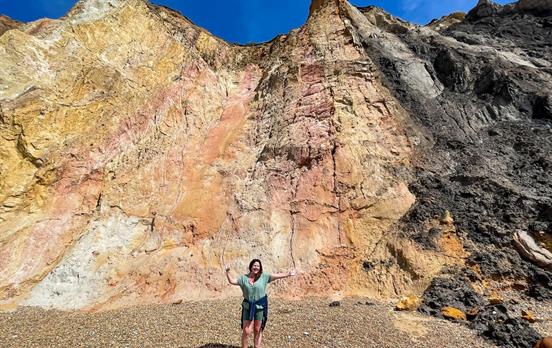


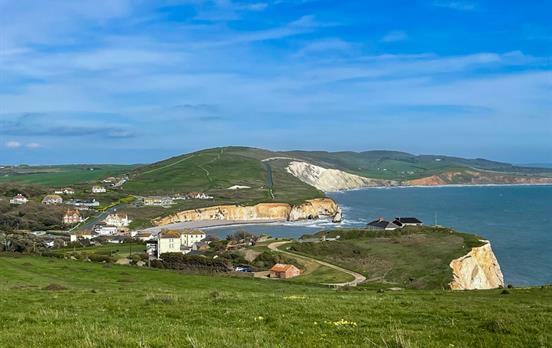
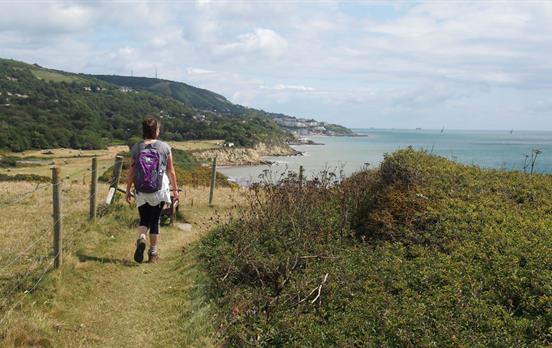
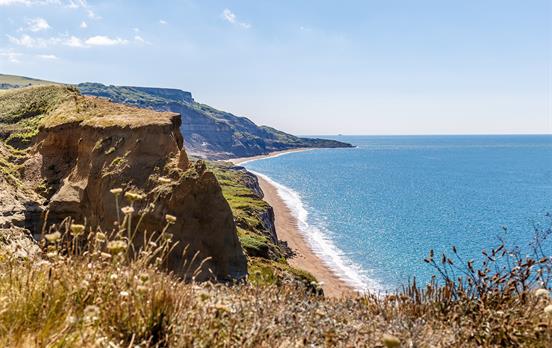

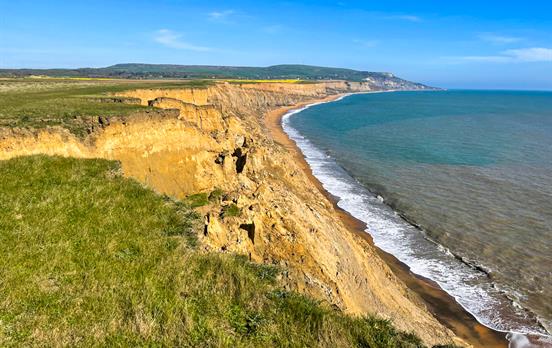


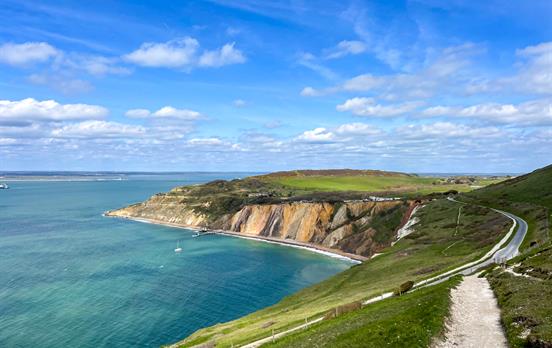



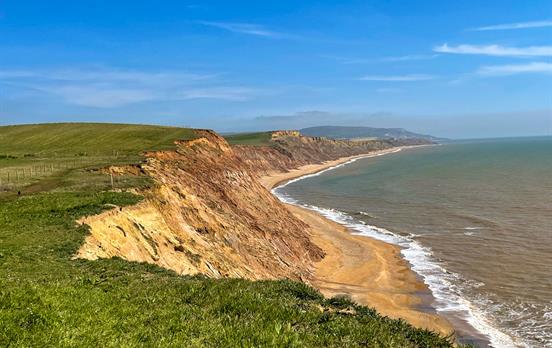
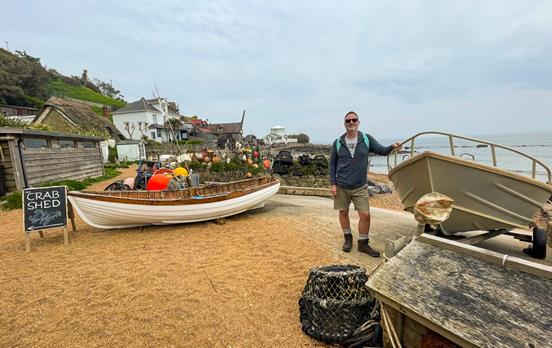
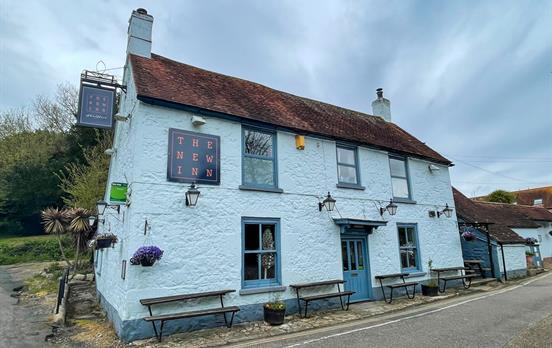
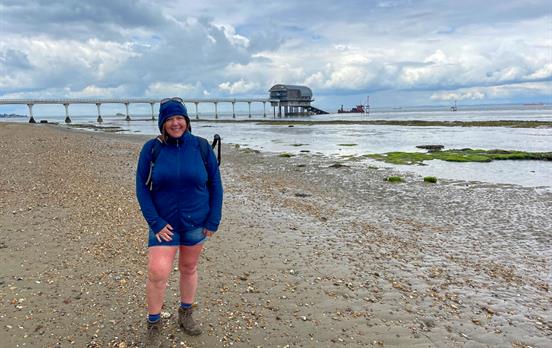


 Australia
Australia New Zealand
New Zealand South Africa
South Africa European Union
European Union